A Look at Lilacia Park- Lilacs Come to Lombard
/Lilacs
Read More
Players Green, photograph, c.1940s.
This stunning vista of Lilacia Park is the open meadow flanked by crab apples and tulips stretching west from the pond. This lawn is known as the Players Green on the Jensen blueprints and is best seen from Players Hill. Players Hill was built as an open area overlooking the pond, but in later years, the deck was installed for safety concerns.

First Lilac Festival Booklet, c. 1930.
People can gather on the lawn to watch the Lilac Court and see the Lilac Queen be chosen every May. The festivals in the 1930s were pageants with a large cast of actors following a script written for the occasion. Many Lombard women were recruited to sew costumes for the players while other Lombardians built props for the performances.
The current way of presenting the court and crowning the Lilac Queen started when the Lilac Festival resumed after World War 2.
Jens Jensen understood the connection between performing arts and nature and the need for entertainment spaces in crowded urban areas. When this area was part of the Plum estate, it was planted with rows of lilacs so that Colonel William Plum could study their growth, chart his garden, and cultivate young plants. When Jens Jensen began creating Lilacia Park, originally called The Community Garden, Plum’s lilacs and other plants were carefully rearranged to create the place we all enjoy every spring.
Written By: Jean Crocket Lombard Historical Society Archivist
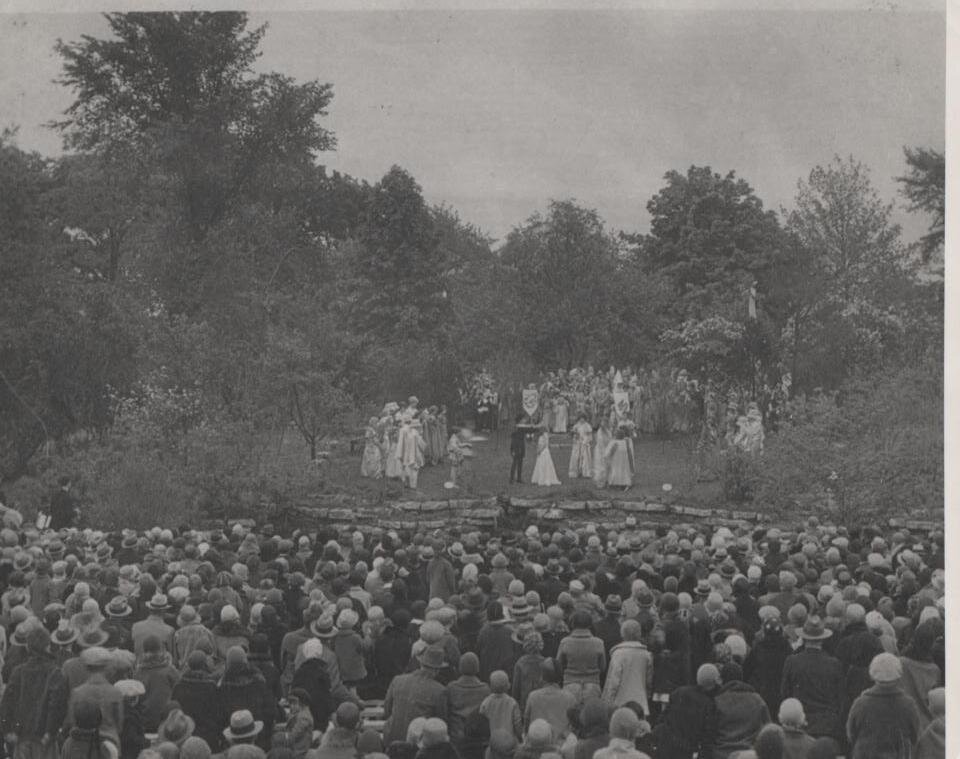
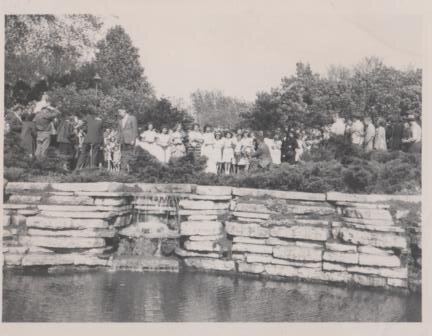

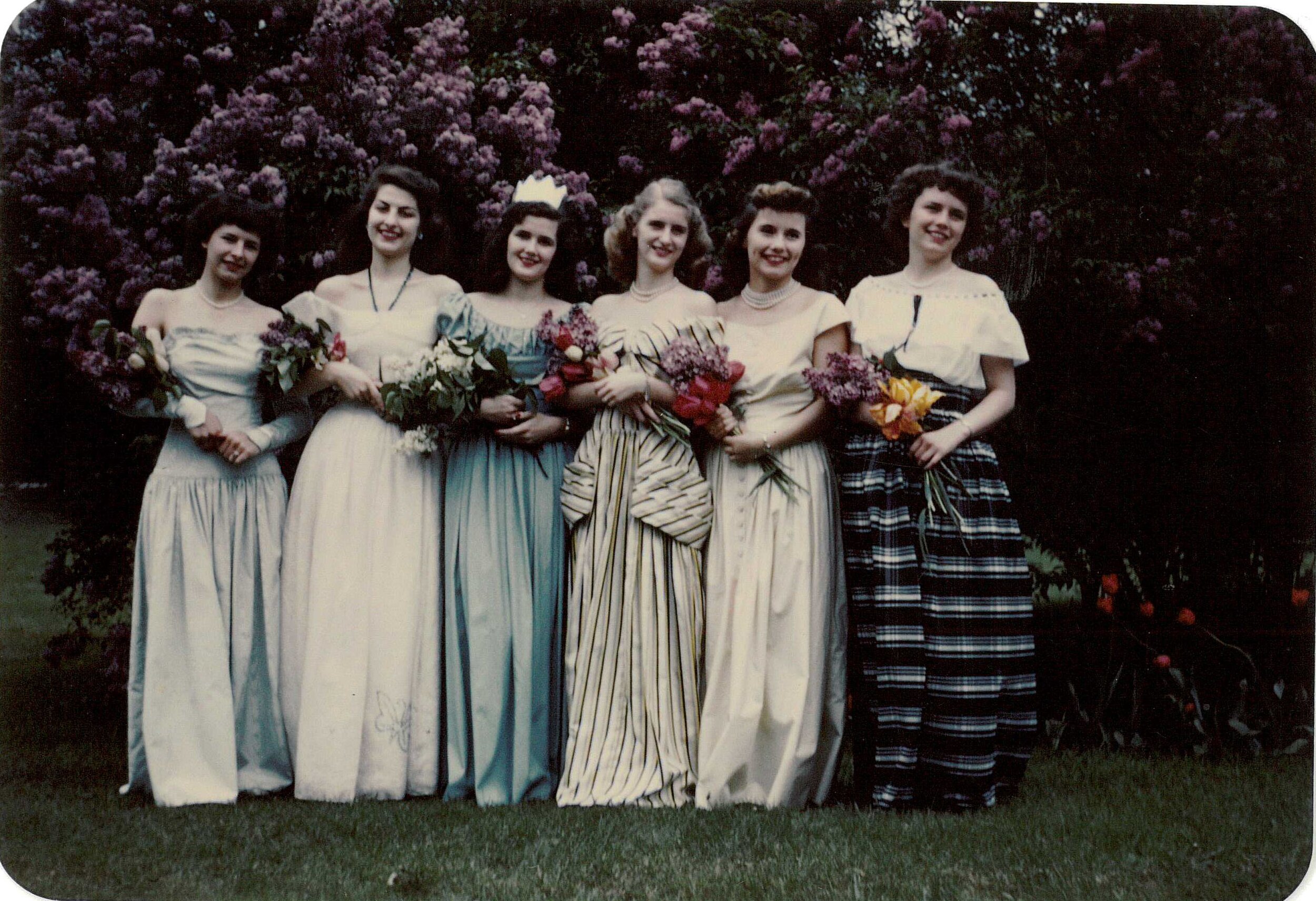

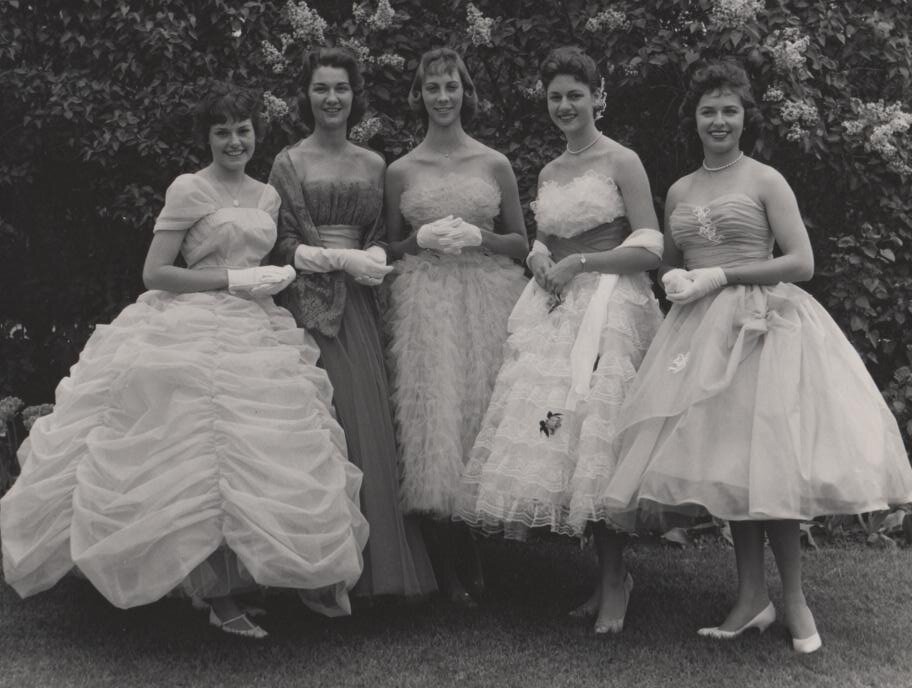

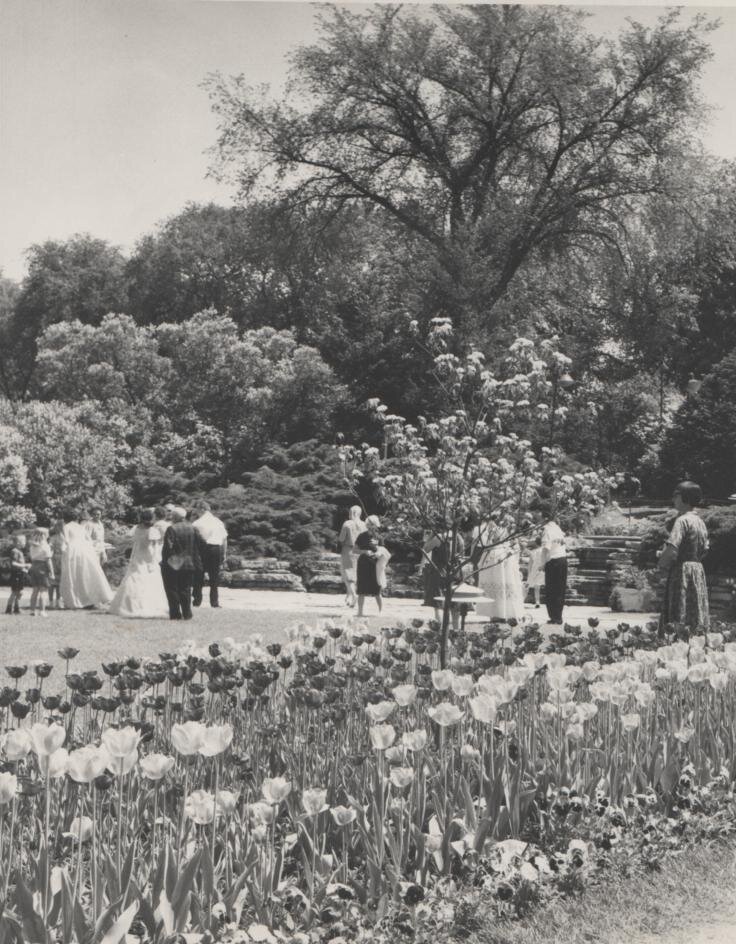
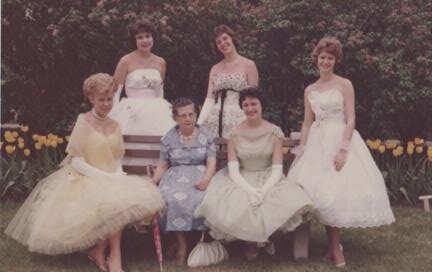
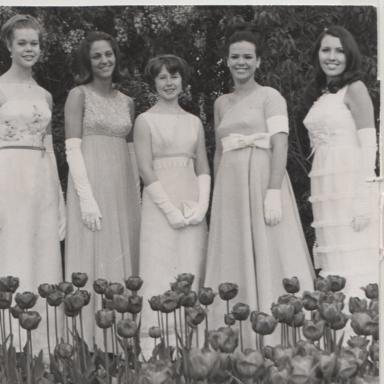

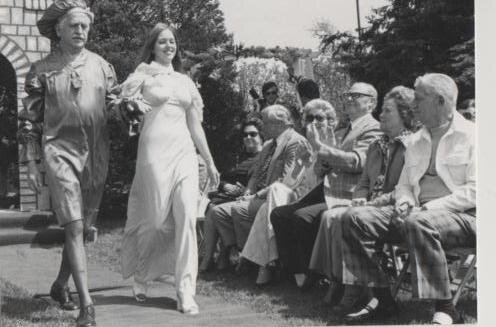
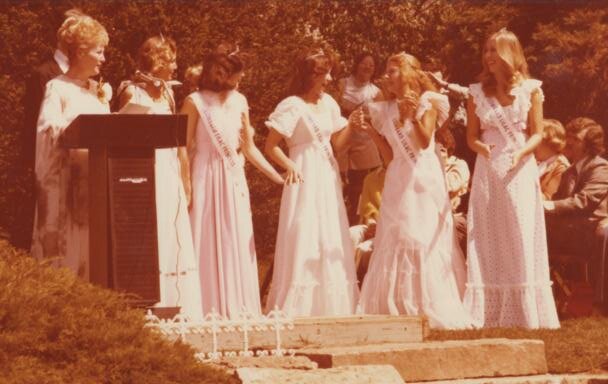
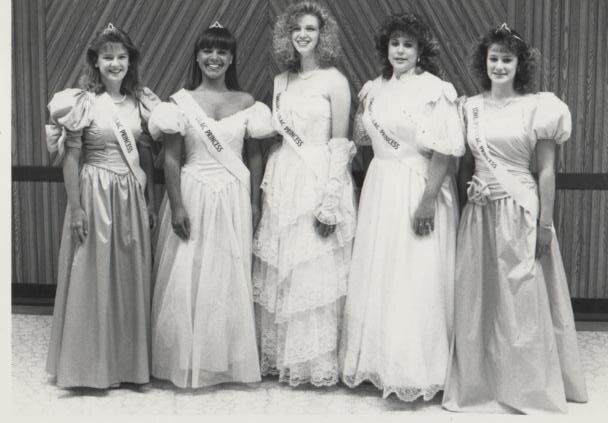
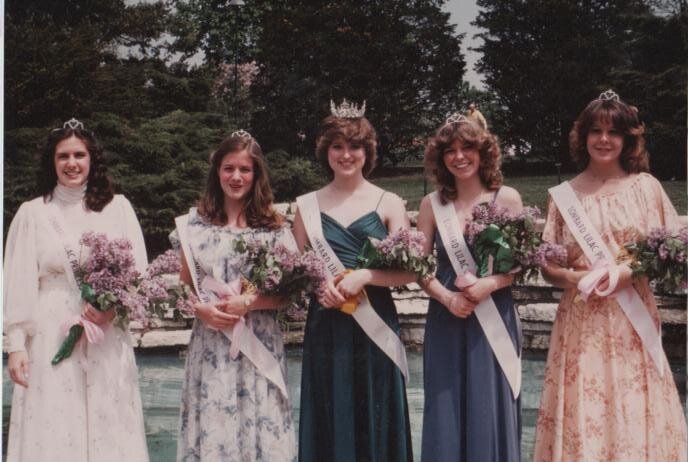
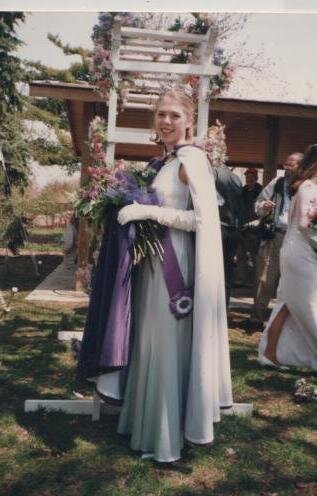

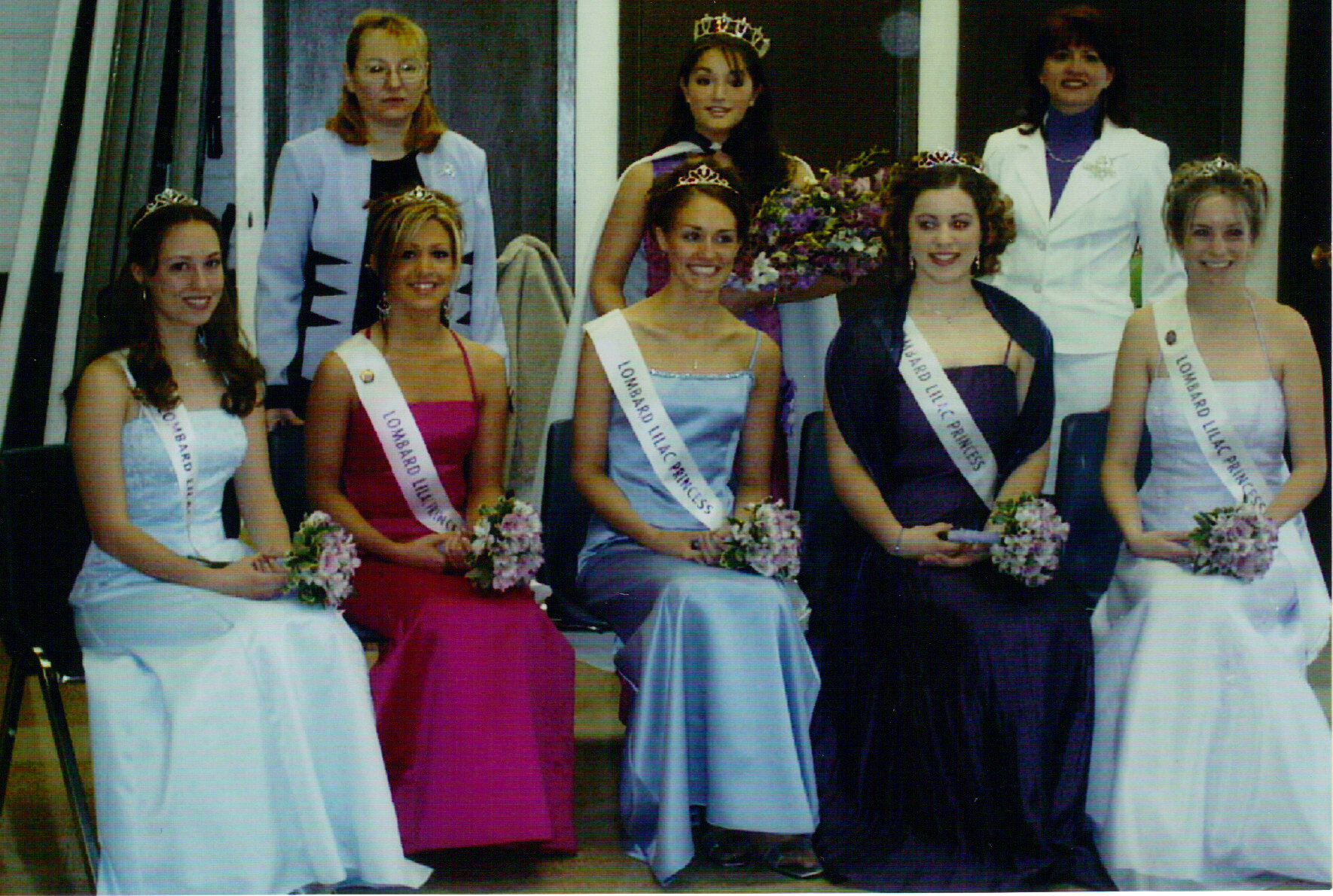
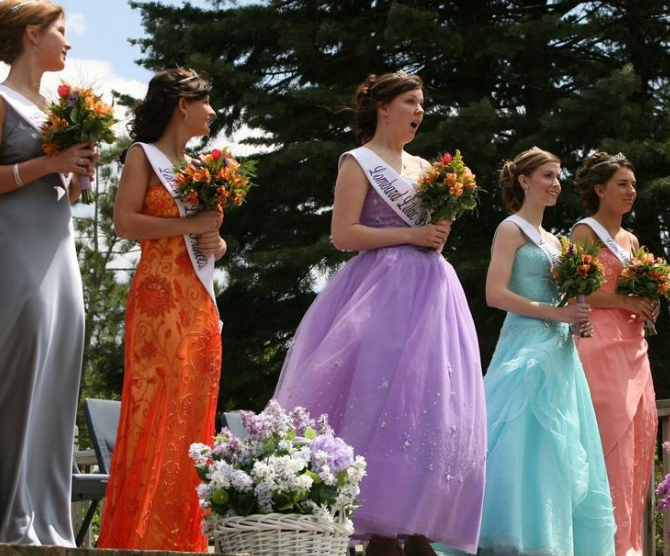


Lilacia Park Bench, photograph, c.1940s
When wandering Lilacia Park, you may have sat on a low limestone wall to enjoy the view and the surrounding scents. Perhaps you looked at this funny curving wall, or as a kid, walked along the broad stone seat pretending to be a tightrope walker in a circus. What you discovered is a council ring, a signature element in gardens designed by Jens Jensen.
These rings, or sometimes half-circles, were scattered throughout the gardens he created so that visitors would enjoy the view or find a quiet place to chat with a friend.
The photograph to the left, and the video with Alison Costanzo, LHS Executive Director, shows one of the council rings at Lilacia Park, which is not really ring-like but instead is a curving structure. Jensen saw council rings as uniquely American, with no defined head of the table, but a place for people to meet as equals. When friends meet at the council ring, there is no hierarchy, and so ideas and stories can be shared equally.
Jensen also believed that since nature has no straight lines, a curving bench flows with the design as opposed to a traditional bench. In an undated letter to Stanley White, a professor of Landscape Architecture at University of Illinois, Jensen wrote:

Flagstone path at Lilacia Park,
photograph, c. 1940s
I think it would be well to say this much about the straight line, that it is cold and uncompromising. A curved line is poetic - it is romantic - it is mysterious and is a part of our life.
He goes on to explain the difference between a snakey line versus a curved line and ends by saying If a straight line is the fitting thing, use it, and I will not make a curve for the sake of making it.
The council ring then becomes part of the Midwestern landscape, a low slung element where the earth and sky meet. If you wander through Lilacia Park when the lilacs are in full bloom, the paths you travel are never truly straight but instead have slight curves. A council ring becomes a destination for the wanderer, a spot where a visitor can enjoy solitude or a couple of visitors can have a quiet conversation without being on view to other wanderers.
Jens Jensen was influenced by the prairies and driven by a philosophical belief that parks are a humanizing element in crowded urban areas. Lilacia Park is one of Jensen’s smallest designs and contains, to this day, many of Jensen’s signature elements.
Written By: Jean Crockett, Lombard Historical Society Archivist
Blue Prints, The Planting Plan for The Lombard Community Garden & Library (Lilacia Park), Jens Jensen,
c. 1929.
Lombard Historical Society collects, preserves, interprets and promotes the history of Lombard.
SEARCH THE LHS WEBSITE:
UPCOMING EVENTS:
Hover over highlighted date and click the event to get details.

© Lombard Historical Society
The Lombard Historical Society office:
The Victorian Cottage and Office
23 W. Maple, Lombard, IL 60148
Sheldon Peck Homestead, 355 E. Parkside, Lombard, IL 60148
Contact Us